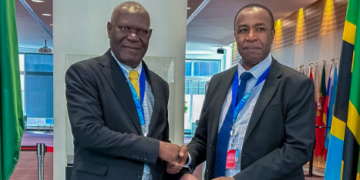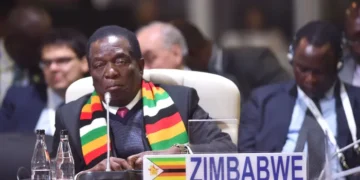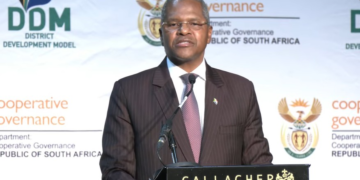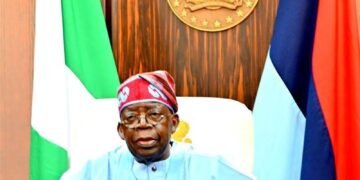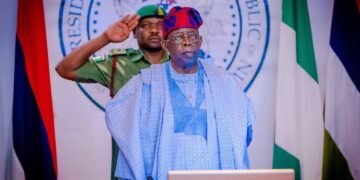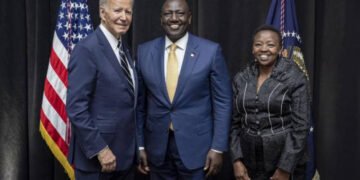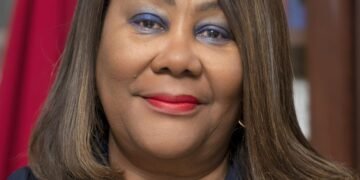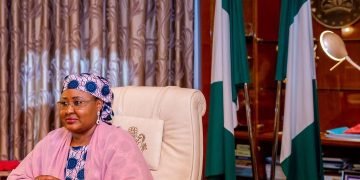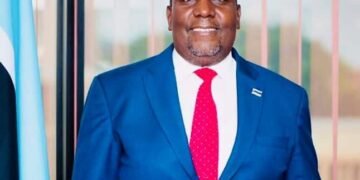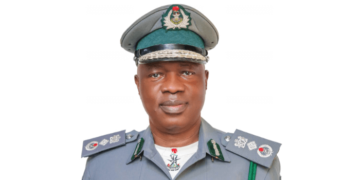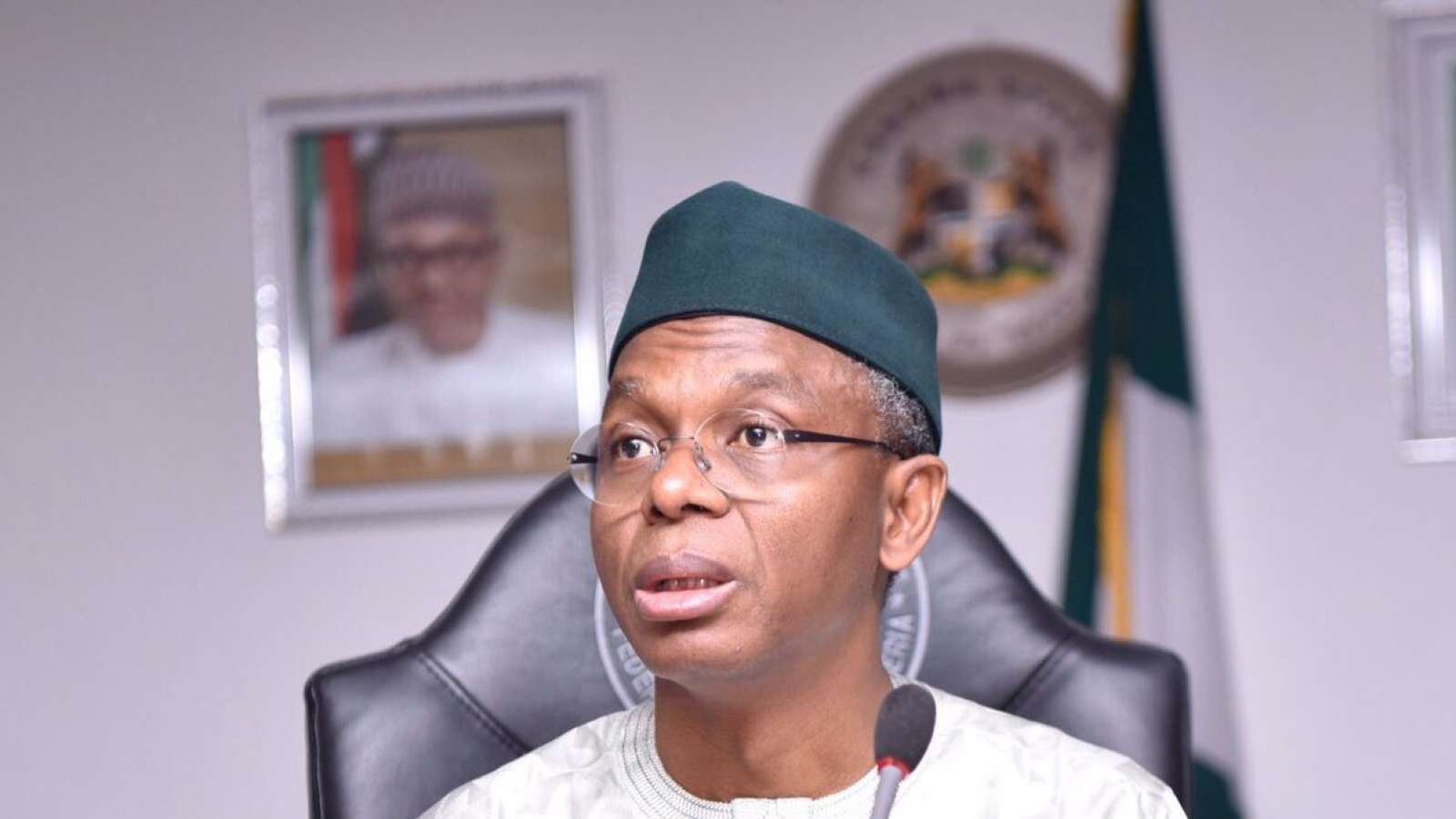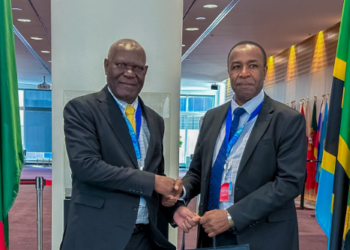Kenyans lined up to vote on Tuesday as the country geared up for the second transition since the coming into force of a new constitutional order that will see President Uhuru Kenyatta hand over the baton to the nation’s fifth leader.
In 2013, President Kenyatta took assumed office having taken over from President Mwai Kibaki who successfully midwifed a new constitution in 2010 that created a devolved system of government and elevated the position of Vice President to a Deputy President elected jointly with the president.
Tuesday’s presidential election, despite having the least number of presidential contenders since the re-introduction of multi-party politics, has been billed as a high-stakes poll with two top contenders — Kenya Kwanza’s William Ruto and Azimio’s Raila Odinga — emerging as clear frontrunners.
The two other candidates in the race — Agano Party’s David Mwaure and Roots Party’s George Wajackoyah — have hardly managed to poll beyond 1 per cent in most opinion polls which have projected the proportion of undecided voters to be as high as 5 per cent with another 5 per cent of likely voters said to be withholding their preferences.
The Independent Electoral and Boundaries Commission (IEBC) has designated 46,233 polling stations across the country with 21,102,532 voters spread across the electoral units zoned into streams with a maximum of 700 electors.
Despite isolated incidents of insecurity that saw nonstrategic electoral materials, including polling booths, destroyed in parts of the country, most polling stations across the country opened at 6am with millions of voters lining up to cast their ballots.
In Machakos, hundred of voters streamed into polling stations from as early as 5.20am with a spot-check by Capital News indicating difficulties by some voters to identify their streams.
“I have been around since 5.30am and it took me about two hours to figure out my stream,” a voter at Mololongo Primary School who only identified herself as Hellen said.
Other voters were seen dashing from one notice board to another in an effort to identify their respective streams with voter registers zoned in alphabetically.
Earlier in the day, Odinga’s running mate Martha Karua was among the first to arrive at a polling centre in her rural home area of Kirima, Gichugu, in Kirinyaga county where she unsuccessfully vied for the county’s gubernatorial slot in 2017, losing to incumbent Anne Waiguru.
Karua cast her ballot at 6.15am, shortly after Ruto despite encountering a hitch that saw her redirected to another stream.
“I was finally referred to a difference classroom where I was identified and was able to vote,” Odinga’s running mate said in brief remarks to the press before retreating to her vehicle.
UDA presidential candidate arrived at Kosachei Primary School in his rural Sugoi home at 6am where he was among the first to vote.
The Deputy President, who was accompanied by the Second Lady Rachel, was identified by polling officials using a Kenya Integrated Election Management System (KIEMS) kit, an electronic device containing the digital voter roll which is also used to relay provisional results to the national tallying centre in Nairobi.
He proceeded to vote at 6.13 am followed shortly after by his spouse Rachel.
“I feel very good that after so many months of campaigning and speaking to the people of Kenya, this morning it is D-day and we’ve come to vote with my wife and neighbours,” Ruto told reporters flanked by Rachel, Nandi Senator Samson Cherargei and a host of supporters.
“As you’ve all seen, everybody here wants a peaceful election and you have all seen we started with a prayer which was all about praying for a peaceful election,” he added while calling for peaceful elections.
Ruto urged exuded confidence of a win saying the vote would be definitive even as he took a swipe at his detractors in a thinly veiled reference to senior national administration officials who he accused on the campaign trail of plotting to disrupt the election.
“It is in moments like this that the mighty and the powerful that come to the realization that it is the simple and the ordinary that make decision,” he said.
“I want to ask all voters, like myself, to go vote peacefully, intentionally and deliberately so that we choose the men and women who have a plan to transform our nation,” Ruto went on.
IEBC reverted to using the KIEMS-based register as the primary identification mechanism following a Court of Appeal ruling on Monday compelling the agency to use the electronic register permitting the use of the printed (manual) roll only in cases of technology failure.
Ruto, who soared to the nation’s second highest position as the country’s inaugural Deputy President in 2013, has had a turbulent time in office in his second term after President Kenyatta, once a sworn ally who even vowed to back his presidential bid, launched an onslaught against the UDA leader and his camp that saw them expelled from the ruling Jubilee Party.
President Kenyatta subsequently backed Ruto’s chief rival, Odinga, with the governing party, a founder member of Odinga’s Azimio Coalition Party, backing the former Prime Minister’s bid.
President Kenyatta’s support for Odinga is seen as a culmination of a 2018 truce during which the two leaders detailed a cooperation pact that saw them spearhead a constitutional review process christened the Building Bridges Initiative that was invalidated by the Constitutional Court (2020) in a decision upheld by both the Court of Appeal (2021) and the Supreme Court (2022).



